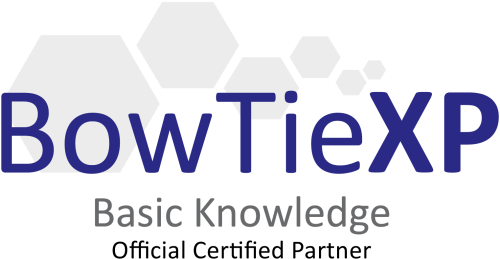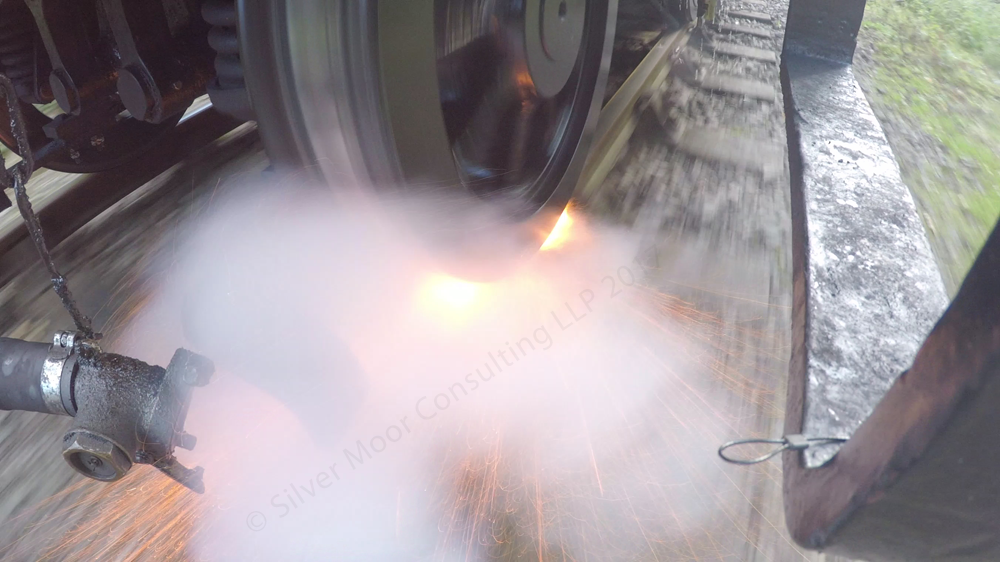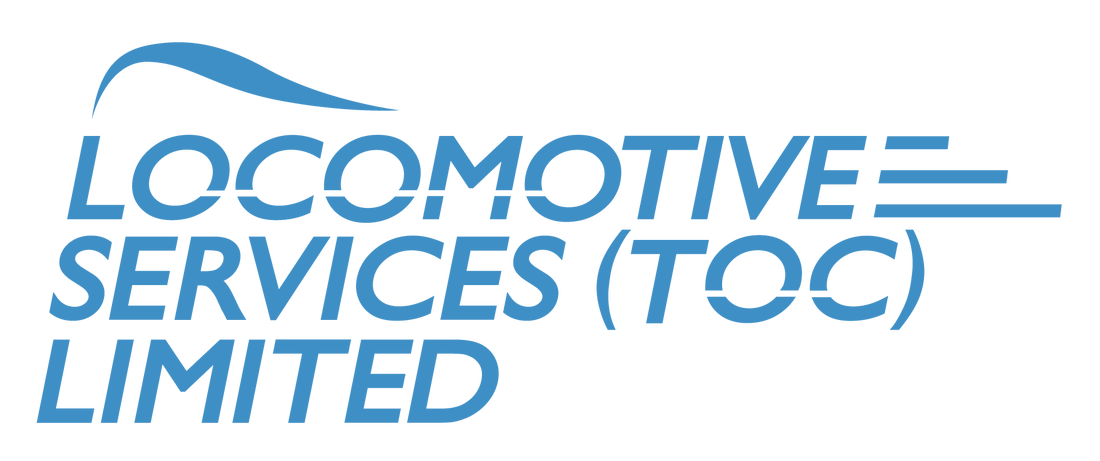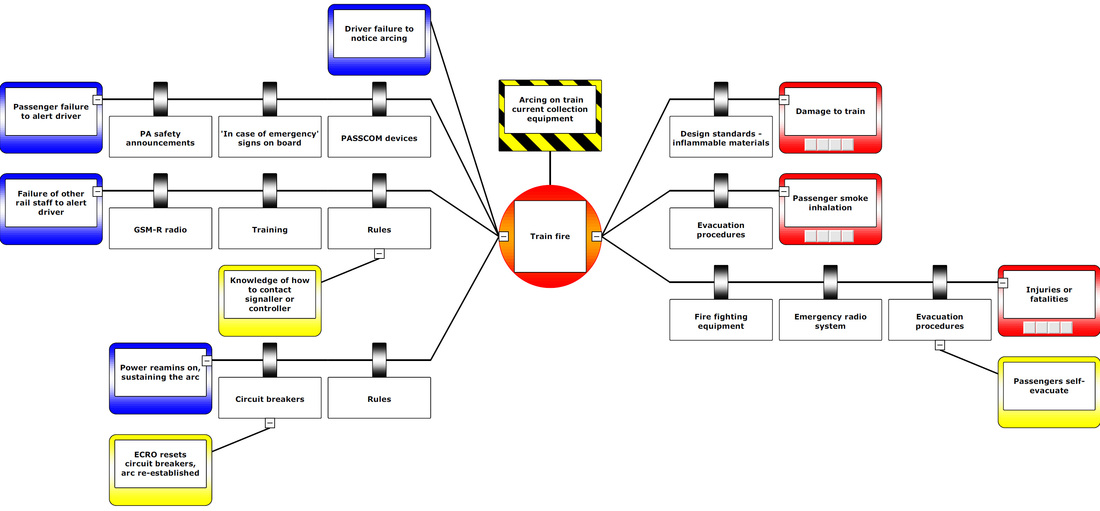| We are delighted to announce that we have been appointed as a Value Added Partner by CGE Risk, the leading provider of barrier-based risk management solutions. We have been using the bowtie methodology for several years with railway, metro, tram, fire & rescue and social care clients, so this appointment marks an important stage in how we help clients apply the technique. Being a Value Added Partner for CGE Risk allows us to provide a complete solution for the bowtie risk assessment methodology; helping you to understand and apply the methodology and also provide and implement CGE’s specialist software for producing excellent bowties. CGE Risk has verified that we have been trained in risk and incident analysis methods as well as the application of these in their software solutions. If you are looking for consultancy (applying the bow tie technique to your business risks), training in the methodology and/or the software or advice on how to scope or purchase software then please contact us. |
|
0 Comments
|
Archives
November 2020
Categories
All
|
||||||||||||||||||||||||














 RSS Feed
RSS Feed